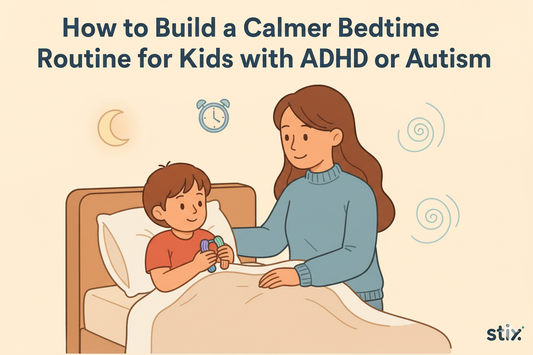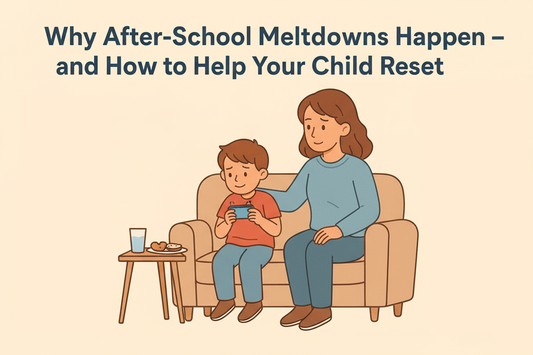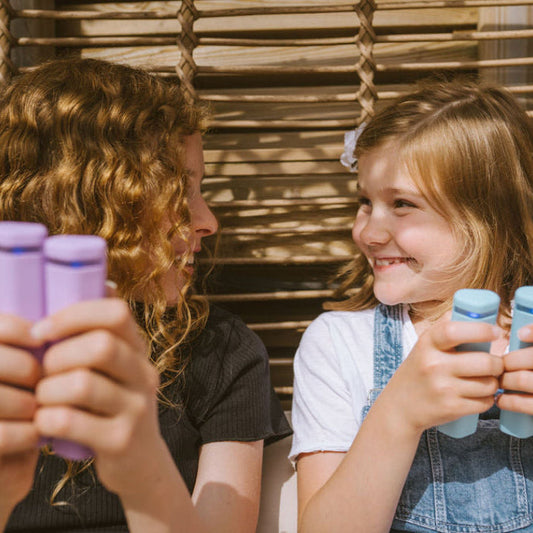How Boys and Girls Experience Anxiety Differently

Anxiety can look very different from child to child. Some children become withdrawn and quiet, while others act out or seem easily frustrated. Understanding these differences can help parents, caregivers, and educators provide better support.
While every child is unique, research suggests that boys and girls tend to express anxiety in different ways. Boys are more likely to externalise their anxiety, expressing it through behaviour, while girls often internalise their worries, carrying their anxiety in their thoughts.
Boys Tend to Externalise Anxiety
For many boys, anxiety doesn’t show up as nervousness or worry - it appears as restlessness, frustration, or even aggression. Since boys are generally less likely to verbalise their emotions, their anxiety might be mistaken for behavioural issues.
Signs of anxiety in boys can include:
- Sudden outbursts, anger, or aggression
- Struggles with impulse control or constant restlessness
- Avoiding situations rather than talking about worries
- Difficulty expressing emotions verbally or seeking help
Because these behaviours can sometimes be misinterpreted as defiance, boys with anxiety may not always receive the emotional support they need. Encouraging them to recognise and name their feelings, as well as giving them healthy outlets like movement or creative activities, can be helpful.
Girls Tend to Internalise Anxiety
Girls, on the other hand, are more likely to turn their anxiety inward. They may try to manage their worries by being overly self-critical, striving for perfection, or seeking constant reassurance.
Signs of anxiety in girls can include:
- Being overly self-critical, perfectionistic, or eager to please
- Withdrawing socially or becoming extra quiet
- Experiencing physical symptoms like stomachaches or nausea
- Seeking reassurance often or overthinking situations
Because girls’ anxiety often presents more quietly, it can sometimes go unnoticed. Encouraging them to challenge anxious thoughts and build confidence in handling uncertainty can be valuable.
Supporting Children with Anxiety
Recognising these patterns can help parents, teachers, and caregivers provide the right support. Encouraging boys to express emotions in safe ways - through play, physical activity, or creative outlets - can help them process feelings. For girls, acknowledging their concerns while helping them build resilience and self-trust can make a big difference.
Of course, these tendencies are not set in stone - every child experiences anxiety differently. The most important thing is creating a safe, supportive environment where all children feel heard, valued, and empowered to manage their emotions in a healthy way.



